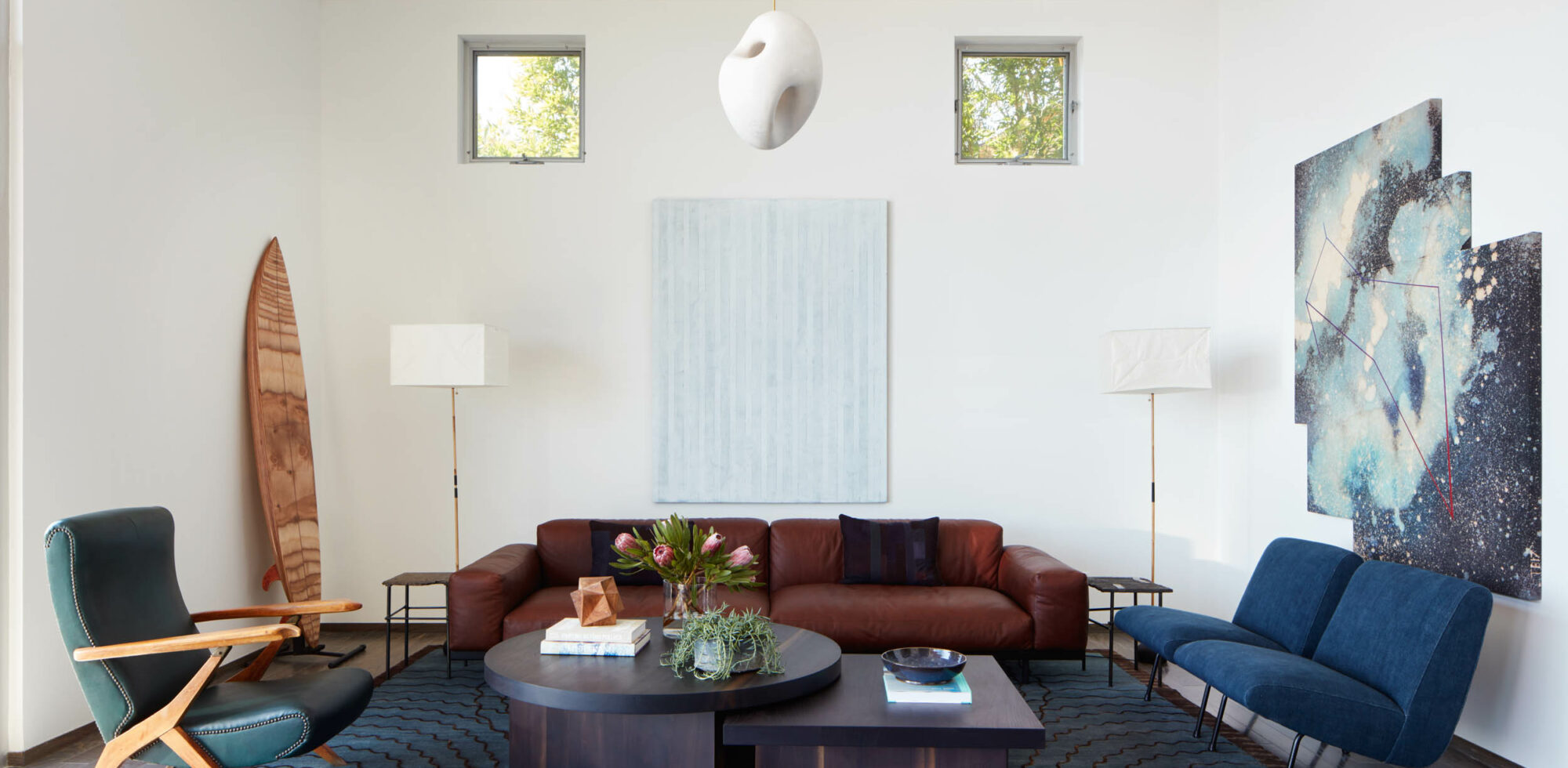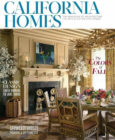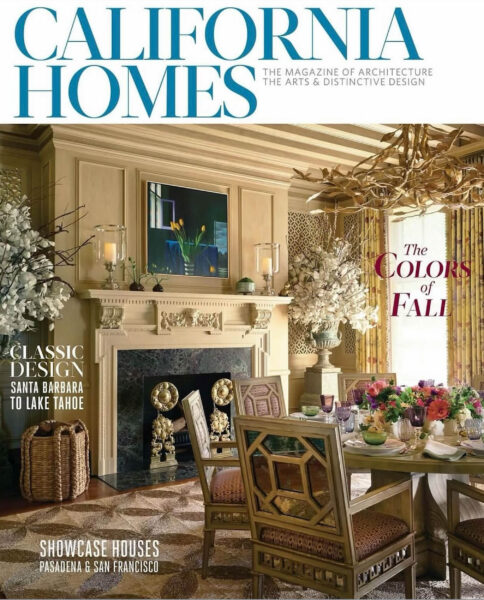Positive Results
A Decade of Oliver Furth’s Artful—and Optimistic—Vision Gets its Due in the LA-based Designer’s New Monograph
Published March/April 2024
- By
- Robyn Wise
- Date:
- March 14 2024

As we embrace the arrival of spring, with its sense of renewal and positivity, it seems fitting to relish the ebullient, uplifting homes showcased in designer Oliver Furth’s first book, OP! Optimistic Interiors (Rizzoli, $55), published this month. Brimming with energy, these memorable spaces are defined by vivid color schemes, highly sculptural forms and, most important, moments of idiosyncrasy and temporal open-endedness instead of static perfection. “Discovery and exploration are crucial to my work,” Furth says of the untiring curiosity behind his success.
A fourth-generation Los Angeles native, Furth grew up steeped in California design culture and found his calling early, flourishing under the wing of masters such as Trip Haenisch, Martyn Lawrence Bullard and Michael Smith before opening his own firm in 2006 at just 25 years old. Today, the designer to the stars (many Hollywood figures and major art philanthropists are fans) is admired for creating spaces with relaxed elegance and a distinctly narrative sensibility that’s layered and complex but still made for living.
Also key to Furth’s appeal is his virtuosity when it comes to blending styles and periods—what he calls “multi-era mashups” of modern and vintage furnishings. Furth says, “My grounding in decorative arts study gives me freedom to stretch the rules.” Architectural Digest West Coast editor Mayer Rus notes Furth’s inspired blend of intellectual rigor and exuberance: “With his signature mix of freewheeling creativity and scholarly historicism, Oliver erases antiquated distinctions between modern and traditional, high and low, rugged and refined,” Rus writes in the new book’s preface.
This statement is gorgeously illustrated in the pages of OP! Optimistic Interiors, which includes abundant photography along with additional texts by Sean Yashar, Furth’s partner and brand consultant, and by Furth himself. The lavishly produced volume highlights 14 residential commissions, mostly in the greater Los Angeles area, and succeeds in capturing the designer’s signature style, which, in Furth’s own words, is “object-driven, but not without context.”
The sensual and earthy Malibu residence, for example, was conceived as “an ancient seashell washed up onto the shore,” Furth writes, and seamlessly incorporates motifs from nineteenth-century Japan, early 2000s Belgium and California modernism. Or take Furth’s own white-on-white home, a midcentury remodel in Hollywood Hills that he calls “a repository for our varied and polychrome treasures, but […] also a comfortable and serene home.” At the breezy West Indies pavilion-style residence near Beverly Hills, “crystals and minerals, a part of the clients’ daily wellness practice, are incorporated within the domestic landscape rather than displayed as precious objects.”
Furth’s personal devotion to living with art is worthy of note (“The liminal space between functional and conceptual design especially interests me,” he says), as is his refined way of working with other people’s collections. “We often attract clients who are actively acquiring, so they need spaces made for change,” says Furth of his approach to balancing aesthetics and domesticity. “You have to live with art, that’s the most important thing.”
“We often attract clients who actively acquire, so they need spaces made for change,” says Furth of his approach to balancing aesthetics and domesticity. “You have to live with art, that’s the most important thing.”


